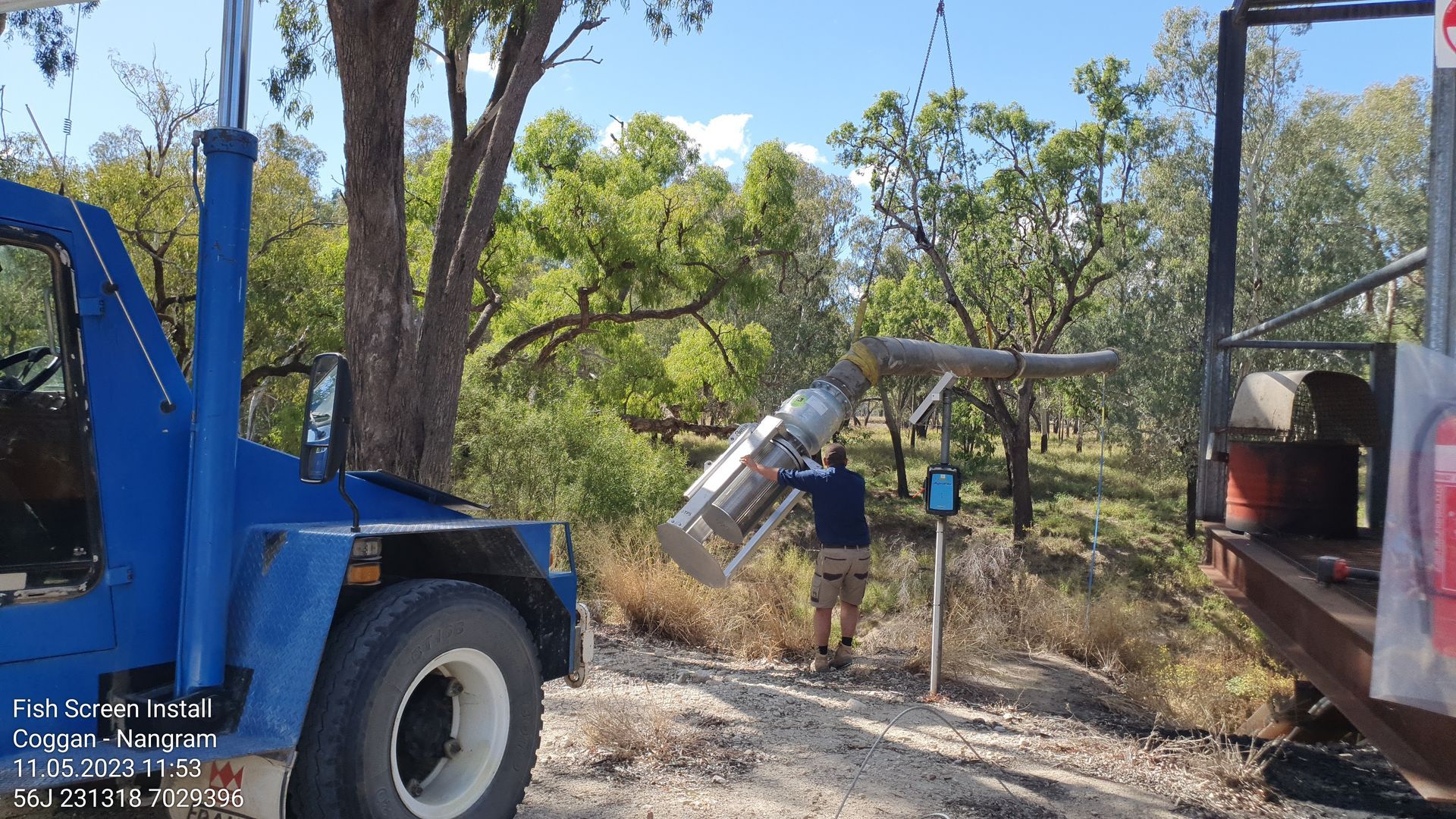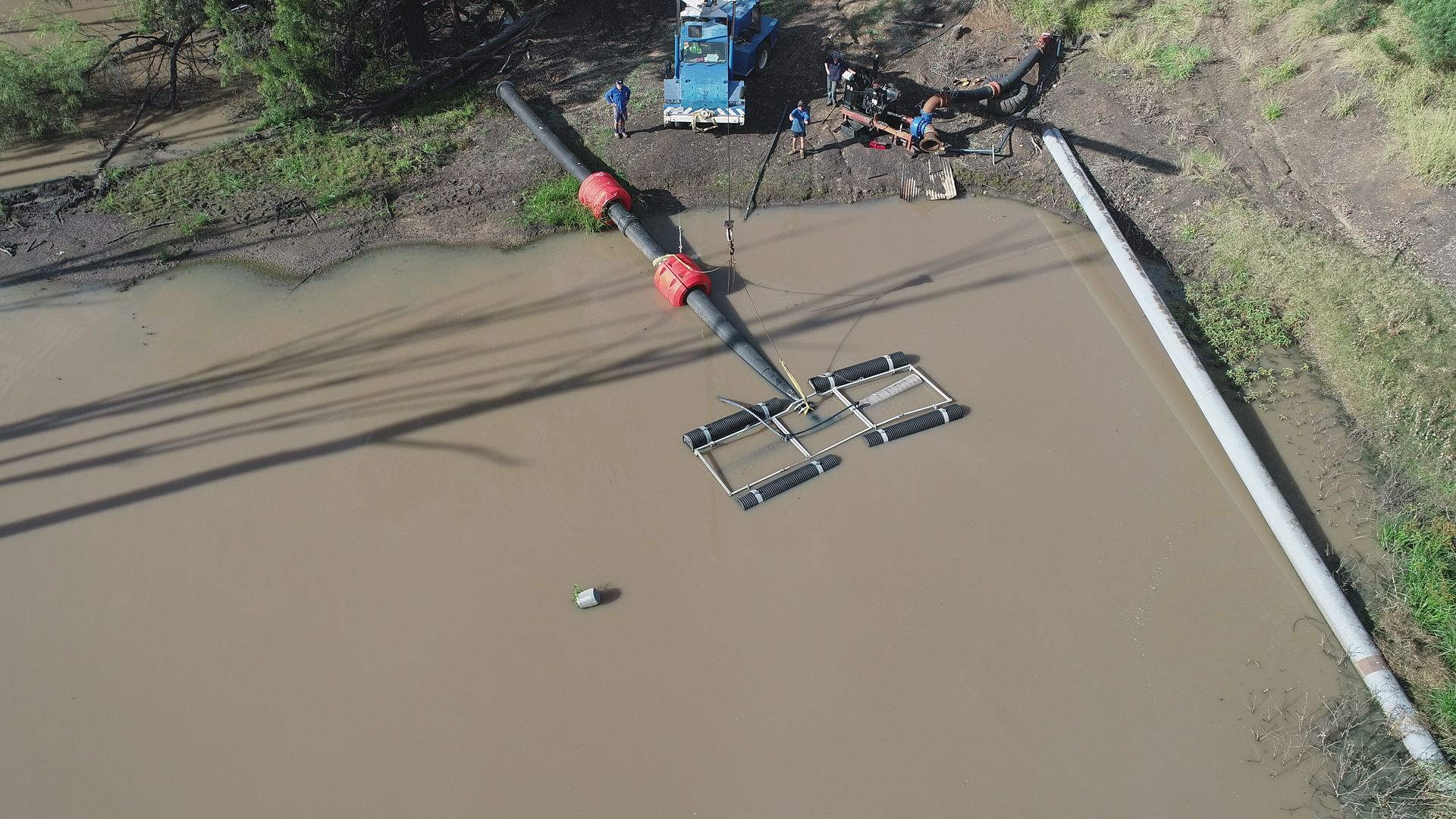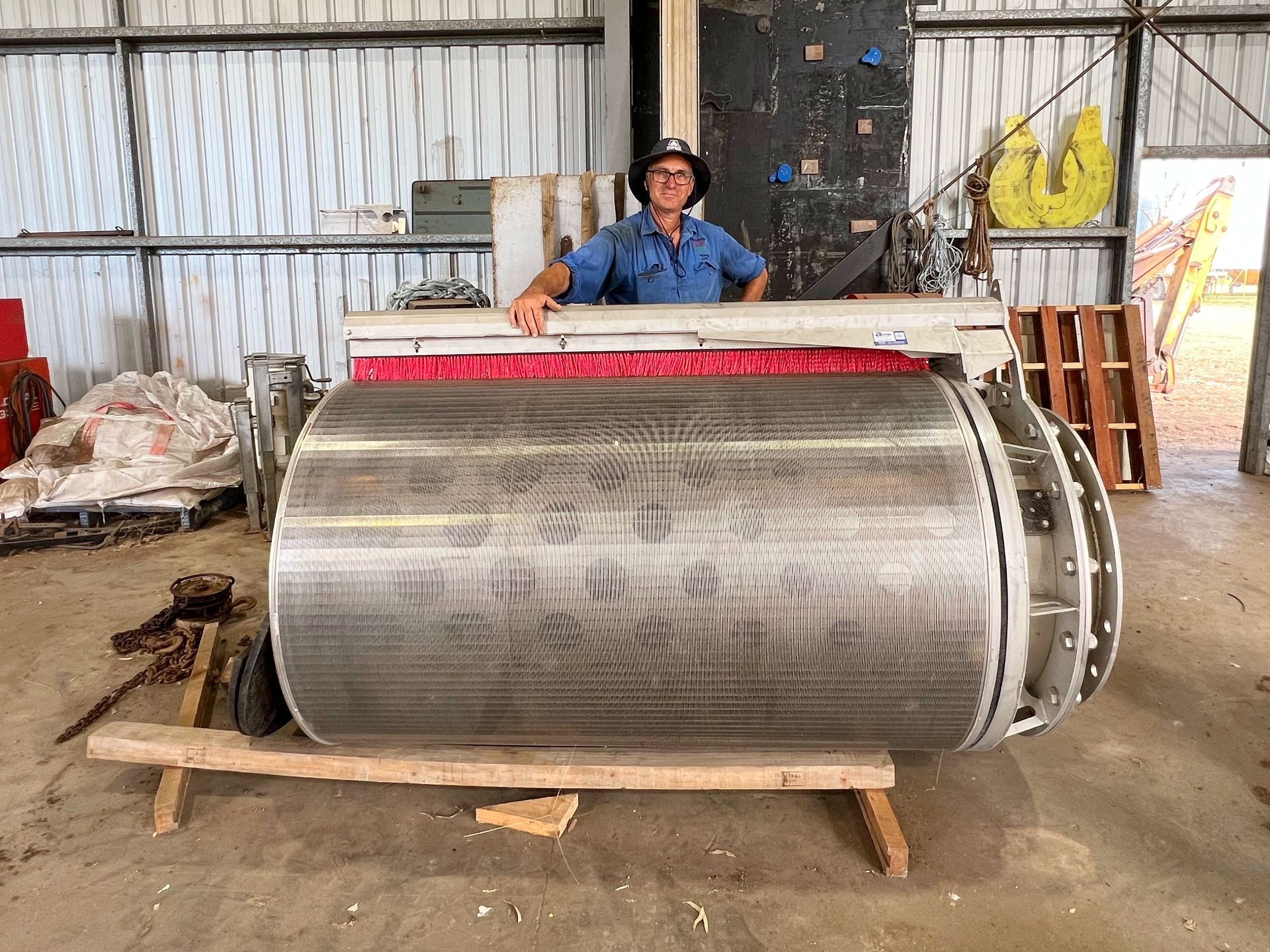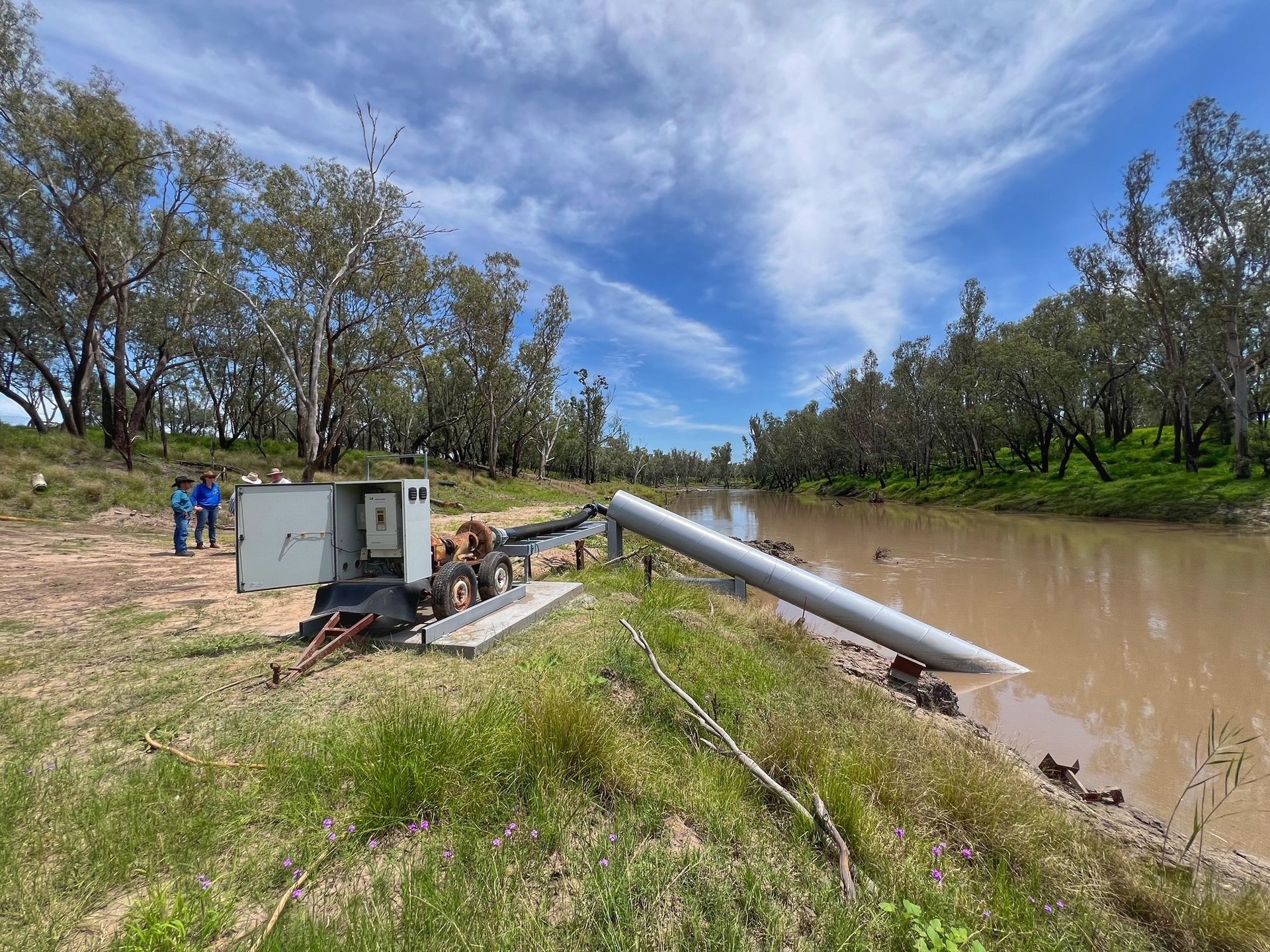Wetlands and floodplains in Queensland’s arid southwest are experiencing remarkable restoration through a range of targeted interventions including slowing high velocity runoff flows, scald and erosion repair and mitigation, rehabilitating bore drains, managing property infrastructure and changing grazing practices and water management.
Southern Queensland Landscapes has been working with land managers and community to address the long-term decline of the once highly productive and biodiverse floodplains and wetlands of the Bulloo, Paroo and Warrego River systems. The works on these properties help reduce threats to other wetlands including the internationally important Currawinya Ramsar Wetlands in the lower Paroo.

Southern Queensland Landscapes has been working with land managers and community to address the long-term decline of the once highly productive and biodiverse floodplains and wetlands of the Bulloo, Paroo and Warrego River systems.
There has been general acknowledgement that the Rangelands have become more susceptible to droughts and floods and the impacts of climate change. Some areas are so degraded that up to 90% of rainfall can be lost through runoff leading to severe erosion, flooding and contributes to the early onset of drought through reduced soil moisture. When your average annual rainfall is only around 300mm, every drop counts.
Land managers and communities have been key to restoration success bringing property knowledge and their passion to see the country flourish again through restoring ecological function, biodiversity and regenerative productivity. The results are already contributing to flood and drought resilience and social and economic benefits to the wider community.
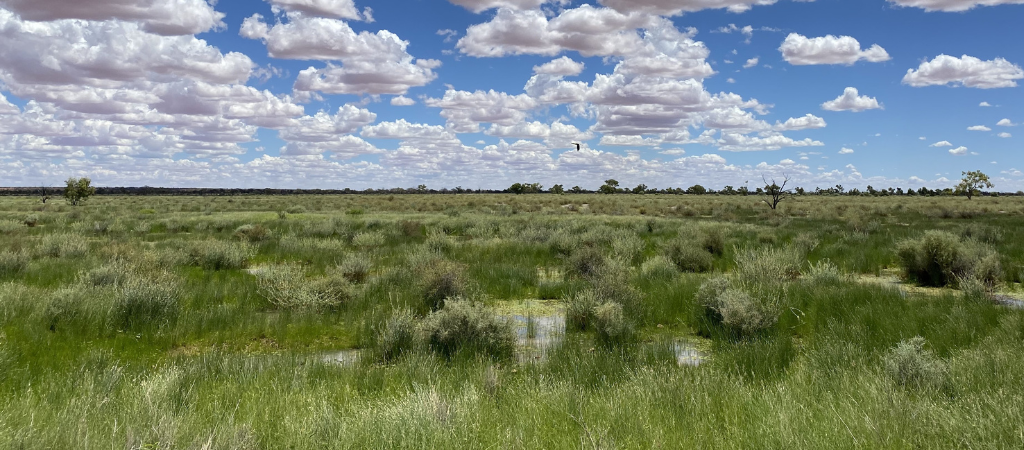
The scale of restoration that is now economically viable due to a combination of new technology, a strong spirit of innovation and ingenuity, and knowledge sharing continues to inspire. The future for these wetlands is full of promise.
There is growing excitement among restoration partners as they share their experiences and develop new cost-effective ways to address rangelands decline. Combining land manager and community knowledge with innovative technologies such as satellite remote sensing, more efficient laser levelling techniques for laying out works and identifying key areas of the landscape that can be restored for the most economical return.
On-ground, the process includes changes to land use and management as well as the strategic placement of “slow the flow” works where the country can no longer heal itself. Constructed of timber, soil, stone or other materials that slow, spread and filter runoff in high velocity flows, rehabilitate bore drains, repair erosion, reduce soil loss and rehydrate areas as the water travels down the system.
The scale of restoration that is now economically viable due to a combination of new technology, a strong spirit of innovation and ingenuity, and knowledge sharing continues to inspire. The future for these wetlands is full of promise.
These projects are supported through the funding from the Queensland and Australian Governments. For further information, contact Chris Crafter at
chris.crafter@sqlandscapes.org.au or visit
https://www.sqlandscapes.org.au
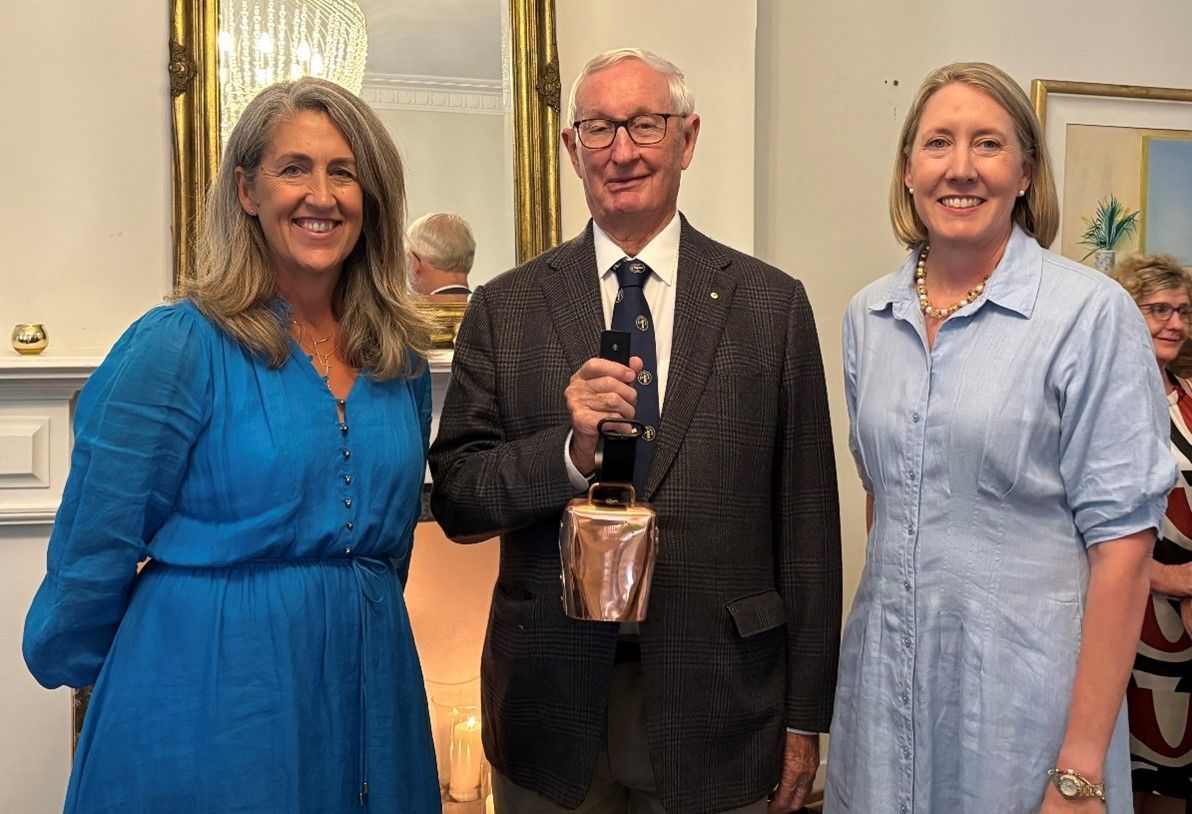
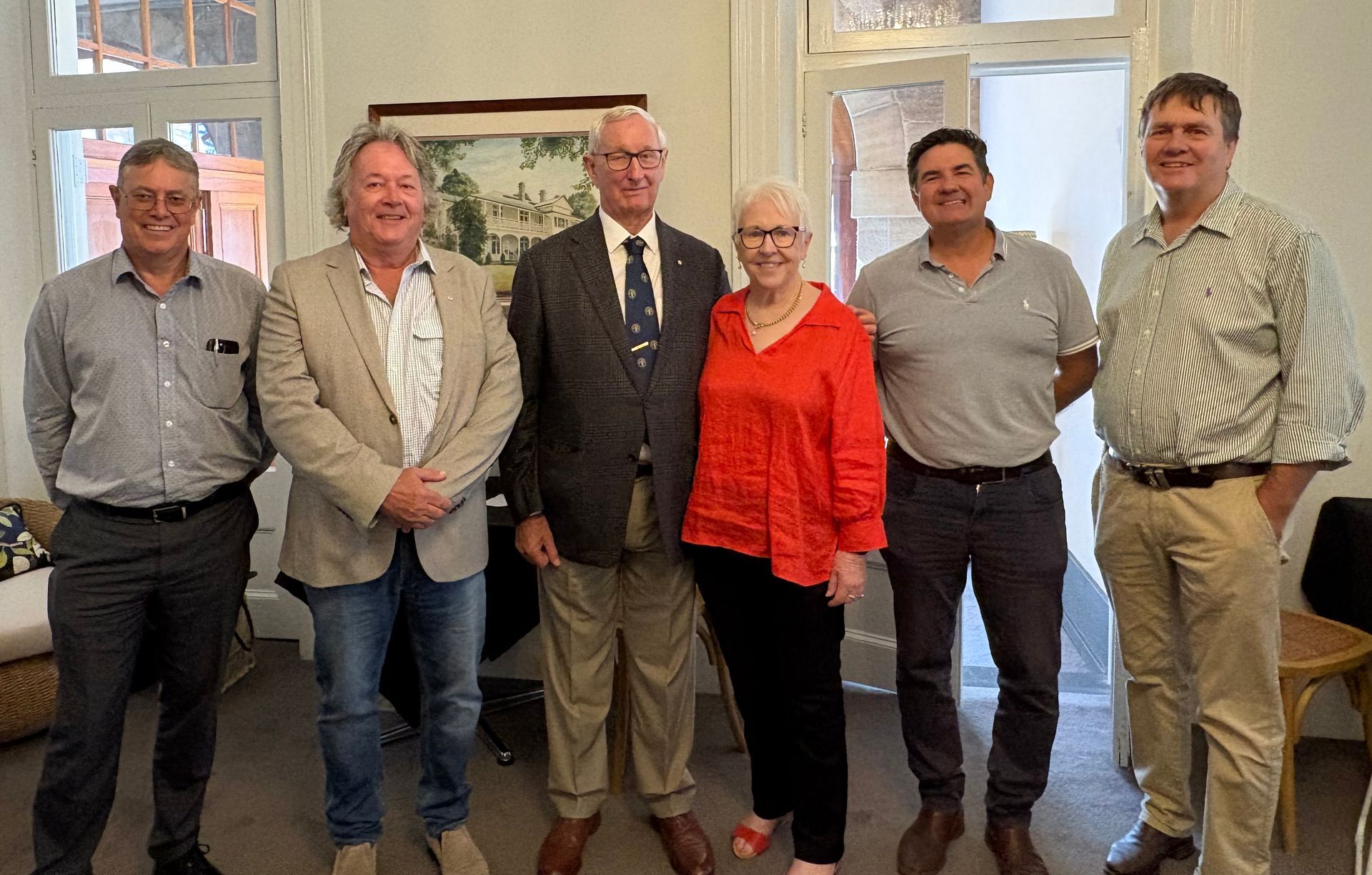
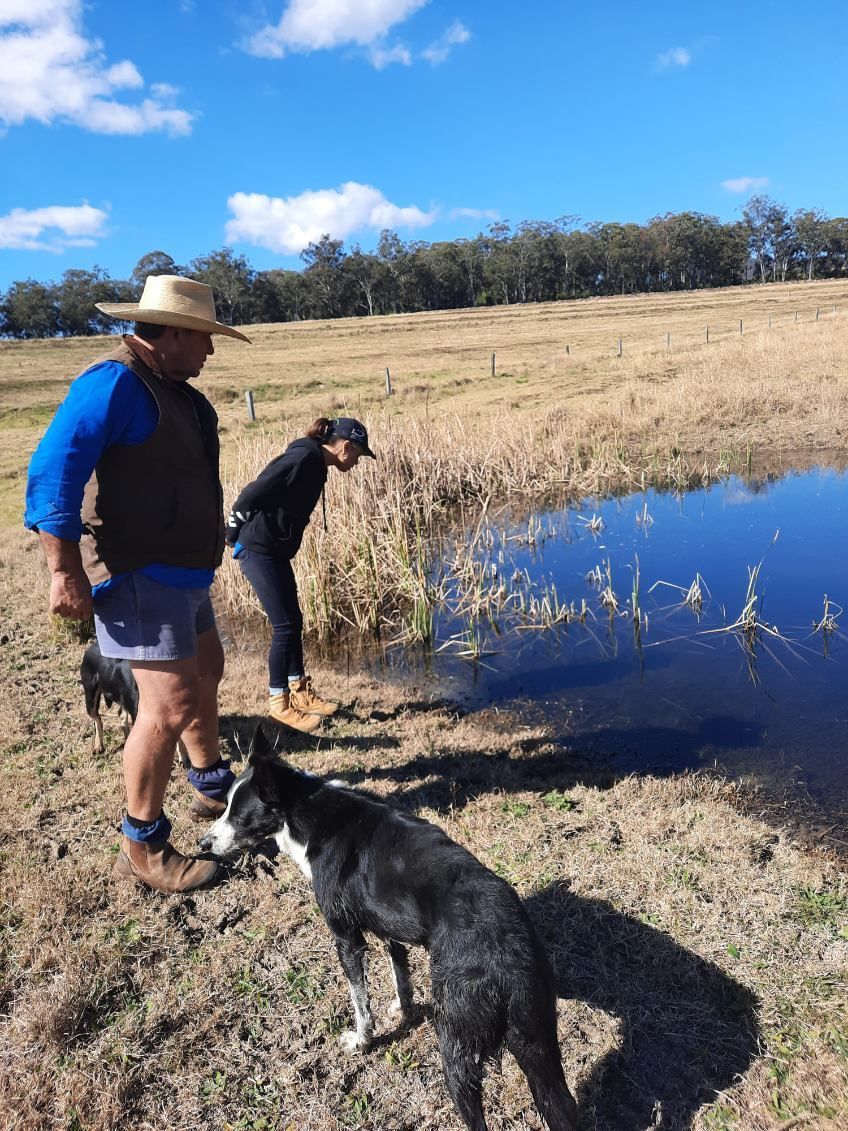
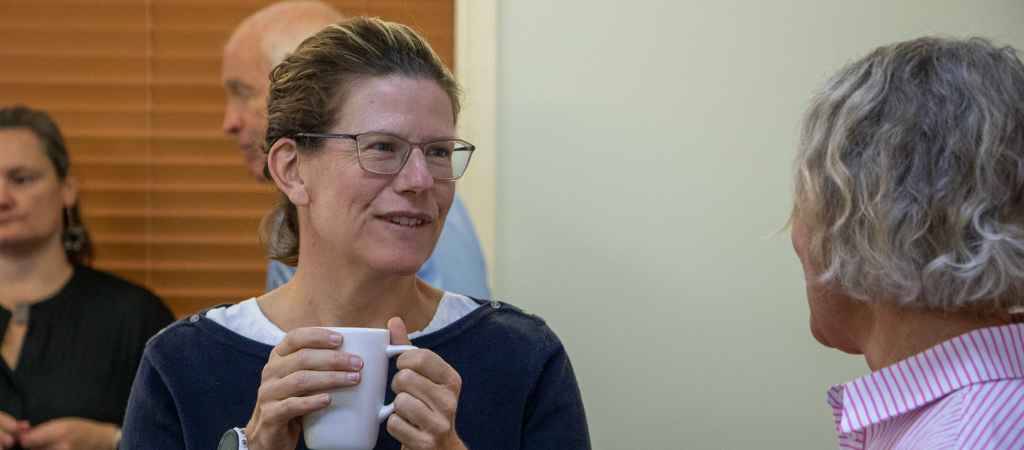
CONTACT
ADDRESS:
Toowoomba - 266 Margaret St. QLD 4350
Roma - 21 Major St. QLD 4455
Charleville - 92 Alfred Street. QLD 4470
St George - 1/11 Grey Street. QLD 4487
CONNECT
LOCATIONS
- 266 Margaret St, Toowoomba City QLD 4350, Australia 266 Margaret St, Toowoomba City QLD 4350, Australia
- 21A Major St, Roma QLD 4455, Australia 21A Major St, Roma QLD 4455, Australia
- Park St, Charleville QLD 4470, Australia 92 Alfred St, Charleville QLD 4470, Australia
- 48 Stockyard St. QLD 4490. Cunnamulla, 48 Stockyard St, 4490, QLD, Australia
- 1/11 Grey Street. QLD 4487 11 Grey St, St George QLD 4487, Australia
